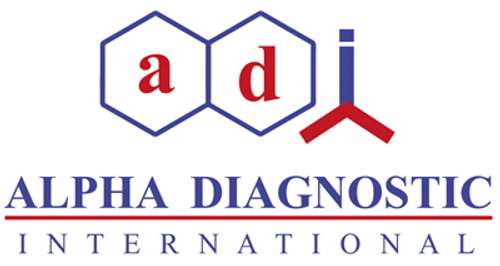Product Description
Found in human plasma in concentrations of 55-140 mg per 100 ml. Classical standard glycoprotein for studies on the structure of the oligosaccharide units. Carbohydrate content is 40%. Its biological significance is unknown although it can bind progesterone 15 times as strongly as albumin. Sialic-acid-deficient alpha-1-AG has an affinity for vitamin B-12. Clinically, alpha 1 acid glycoprotein is an acute-phase reactant that together with haptoglobin is an indicator of acute inflammation. The alpha 1 acid glycoprotein: haptoglobin ratio is useful in studies of bone marrow disorders, hemolytic processes and metastases.
Biovision | 7547 | Alpha 1 Acid Glycoprotein Human Plasma DataSheet
Biomolecule/Target: Alpha 1 Acid Glycoprotein
Synonyms: AGP, Orosomucoid
Alternates names: AGP, Orosomucoid
Taglines: An acute-phase reactant that together with haptoglobin is an indicator of acute inflammation.
NCBI Gene ID #: 115650
NCBI Gene Symbol: TR13C
Gene Source: Human
Accession #: Q96RJ3
Recombinant: No
Source: Human Plasma
Purity by SDS-PAGEs: 95%
Assay: SDS-PAGE
Purity: N/A
Assay #2: N/A
Endotoxin Level: N/A
Activity (Specifications/test method): N/A
Biological activity: Determined by its ability to block BAFF induced mouse splenocyte survival. The expected ED for this effect is typically 1-5 µg/ml in the presence of 1 µg/ml human soluble BAFF.
Results: 120 units/mg protein.
Binding Capacity: N/A
Unit Definition: One unit is defined as the amount of enzyme which will hydrolyze 1 µmole of N-tosyl-L-arginine methyl ester in 30 minutes at 37°C at pH 8.0.
Molecular Weight: 7.7 kDa
Concentration: N/A
Appearance: Lyophilized
Physical form description: Lyophilized as a salt free solid.
Reconstitution Instructions: Reconstitute in sterile HO to a concentration of 0.1-1.0 mg/ml. This solution can then be diluted into other aqueous buffers or stored at 4°C for 1 week or 20°C for future use.
Amino acid sequence: N/A
 Euro
Euro
 USD
USD
 British Pound
British Pound
 NULL
NULL












